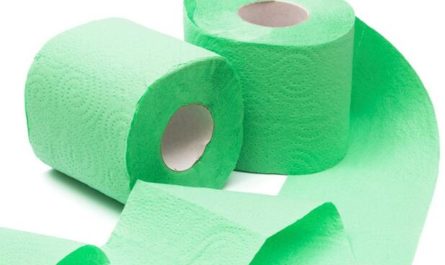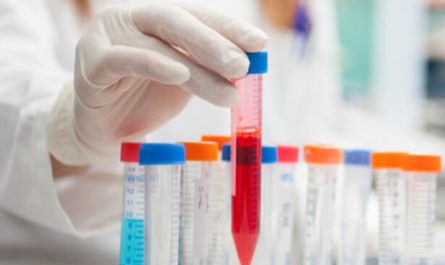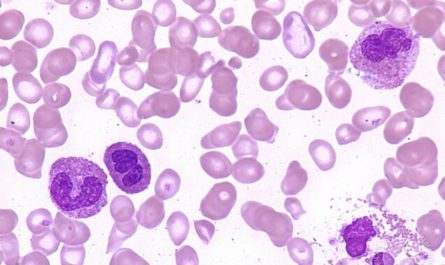Are you suffering from poor circulation in your legs or feet? Your circulation system transports blood, nutrients, oxygen, and waste materials around your body. When a specific part of the body doesn’t get adequate blood flow, you may notice symptoms of poor circulation in that area.
Poor circulation is one of the major causes of leg or foot pain. Since there is reduced oxygen getting to vital areas in your body, it can affect the body’s normal functioning. Poor circulation is usually found in the body’s extremities, such as arms and legs, and is generally felt in the fingers and toes.
What’s worse? Poor circulation can cause several health complications. In some cases, it can worsen pre-existing conditions such as heart attacks and strokes. The good news is that this condition isn’t life-threatening, especially if discovered early. This article will discuss the common causes of poor leg or foot circulation with treatment.
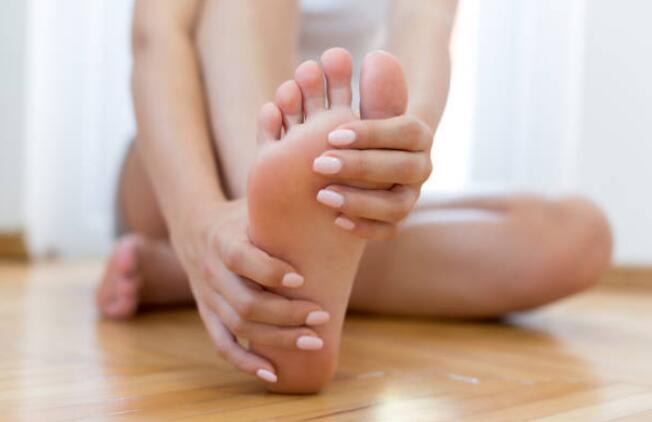
Symptoms of Poor Leg Circulation in Legs or Feet
The symptoms of poor leg circulation can vary, but here are some common signs:
- Leg pain or cramping: The most noticeable symptom is pain, cramping, or aching in the legs, especially during physical activity or walking. This discomfort, known as intermittent claudication, typically affects the calf muscles but can also occur in the thighs or buttocks. The pain often subsides with rest.
- Numbness or weakness: Poor circulation can lead to numbness or weakness in the legs or feet. You may experience a tingling or “pins and needles” sensation.
- Cold feet or legs: Reduced blood flow can result in coldness or a noticeable temperature difference between your legs or feet and the rest of your body.
- Skin changes: The skin on your legs or feet may appear pale, shiny, or discolored. In severe cases, it may become dry and thin or develop ulcers or sores that slowly heal.
- Hair loss: Poor circulation can cause hair loss or slow hair growth on the legs and feet.
- Slow toenail or leg hair growth: Toenails and leg hair growth may be slower than usual.
- Weak or absent pulses: A healthcare professional may detect weak or absent pulses in the feet or legs during a physical examination.
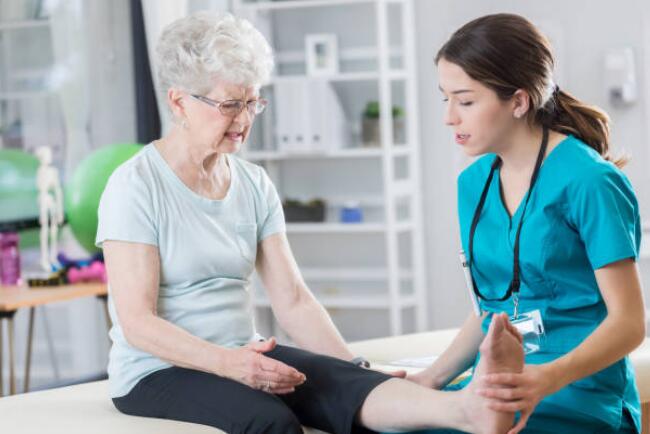
10 Common Causes of Poor Circulation in Legs or Feet
There are several different causes of poor circulation in the body, including:
1. Peripheral Artery Disease (PAD):
Peripheral artery disease occurs when the arteries that supply blood to the legs and feet become narrow or blocked due to the buildup of plaque.
This condition restricts blood flow, leading to poor circulation. Risk factors for PAD include smoking, diabetes, high blood pressure, high cholesterol, and a sedentary lifestyle.
Management of PAD involves lifestyle changes, such as quitting smoking, regular exercise, and medications to control blood pressure and cholesterol levels.
2. Deep Vein Thrombosis (DVT)
Deep vein thrombosis is a condition where a blood clot forms in the deep veins of the legs. This clot can impede blood flow, causing poor circulation and potentially leading to serious complications if it travels to the lungs (pulmonary embolism).
Risk factors for DVT include prolonged immobility, surgery, pregnancy, obesity, and certain medical conditions. Treatment for DVT may involve blood thinners, compression stockings, and lifestyle modifications to prevent further clots.
3. Diabetes
Uncontrolled diabetes can damage blood vessels and nerves, reducing blood flow to the legs and feet.
This condition, known as peripheral neuropathy, can result in poor circulation. Managing diabetes through proper blood sugar control, a healthy diet, regular exercise, and medication is essential to prevent complications like poor circulation.
4. Obesity
Excessive weight puts additional pressure on the blood vessels, leading to poor circulation in the legs or feet.
Obesity is also associated with other risk factors, such as diabetes and high blood pressure, further exacerbating circulation problems. Weight loss through a balanced diet and regular exercise can help improve circulation and reduce the risk of complications.
5. Smoking
Smoking damages blood vessels constricts arteries, and increases the risk of blood clots. These detrimental effects can contribute to poor circulation in the legs or feet. Quitting smoking is crucial to improve overall circulation and reduce the risk of complications.
6. Sedentary Lifestyle
A lack of physical activity can weaken the muscles and reduce blood flow to the legs and feet. Regular exercise is crucial for maintaining healthy circulation.
Engaging in activities like walking, swimming, or cycling can help improve blood flow and overall cardiovascular health.
7. High Blood Pressure
Uncontrolled high blood pressure can damage and narrow blood vessels, impeding blood flow to the legs. Poor circulation is often a consequence of hypertension.
Lifestyle modifications, such as a healthy diet low in sodium, regular exercise, stress reduction, and medication, can help manage high blood pressure and improve circulation.
8. Raynaud’s Disease
Raynaud’s disease is a condition characterized by the narrowing of blood vessels in response to cold or stress.
This constriction limits blood flow to the extremities, leading to poor circulation in the legs or feet. Managing Raynaud’s disease involves keeping the affected areas warm, avoiding triggers, and, in severe cases, medication may be prescribed.
9. Varicose Veins
When the valves in the leg veins fail to function properly, blood can pool and cause the veins to become enlarged and twisted. Varicose veins can hinder blood flow and result in poor circulation.
Treatment options for varicose veins include lifestyle changes, such as regular exercise and elevating the legs, wearing compression stockings, and, in severe cases, surgical procedures.
10. Nutritional Deficiencies
Inadequate intake of essential nutrients, such as vitamin B12, vitamin D, and iron, can impair blood cell production and compromise circulation.
Nutritional deficiencies need to be addressed to improve overall circulation. A balanced diet rich in fruits, vegetables, lean proteins, and whole grains can help ensure adequate nutrient intake.
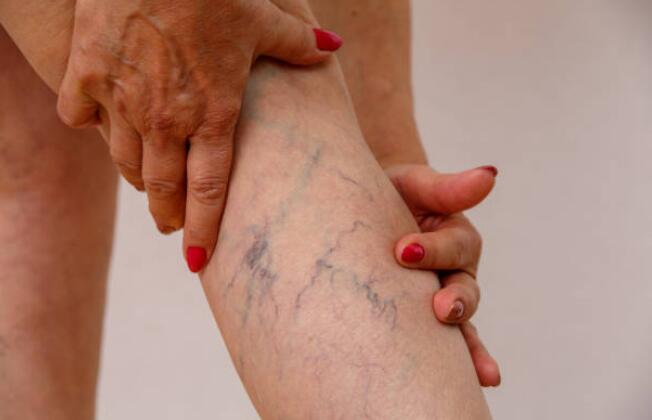
Diagnosing poor circulation in the legs or feet
Unfortunately, poor circulation can be a symptom of numerous health conditions, so it is not always easy to diagnose.
If you are experiencing symptoms of poor circulation in your legs, you must reveal any known family history of poor circulation and related conditions.
This information can help your doctor diagnose the symptoms, assess your risk factors, and determine the most appropriate diagnostic tests you may need.
Other tests for diagnosing poor circulation include:
- Blood testing for high levels of D dimer
- An ultrasound or CT scan
- A blood sugar test or Blood pressure tests
How to get rid of poor circulation in the legs or feet?
1. Regular Exercise
Engaging in regular physical activity is one of the most effective ways to improve circulation. Aerobic exercises, such as walking, jogging, cycling, or swimming, help strengthen the muscles, promote blood flow, and maintain overall cardiovascular health.
Aim for at least 30 minutes of moderate-intensity exercise most days of the week. Additionally, incorporating strength training exercises can help improve muscle tone and support healthy circulation in the legs and feet.
2. Maintain a Healthy Weight
Excess weight can put additional strain on your blood vessels, negatively impacting circulation. Adopting a healthy diet, rich in fruits, vegetables, whole grains, and lean proteins, can help you achieve and maintain a healthy weight.
Avoid excessive consumption of processed foods, sugary snacks, and sodas. A balanced diet can help reduce inflammation, lower cholesterol levels, and support optimal circulation.
3. Quit Smoking
Smoking damages blood vessels constricts arteries, and promotes the formation of blood clots, all of which can contribute to poor circulation.
Quitting smoking is essential for improving overall circulation and reducing the risk of associated health complications. Seek support from healthcare professionals, counseling services, or smoking cessation programs to successfully quit smoking.
4. Elevate Your Legs
To alleviate symptoms of poor circulation, elevate your legs whenever possible. Elevating your legs above heart level helps to reduce swelling, ease discomfort, and improve blood flow.
Try propping your legs up on a pillow while lying down or using a footstool while sitting. Incorporating this habit during breaks or while resting can provide relief and promote healthier circulation.
5. Compression Therapy
Compression stockings or socks are designed to apply gentle pressure to the legs, promoting blood flow and preventing pooling.
They can be particularly beneficial for individuals with varicose veins or venous insufficiency. Consult with a healthcare professional to determine the appropriate compression level and size for your needs.
Wearing compression garments regularly can improve circulation and alleviate symptoms associated with poor blood flow.
6. Massage Therapy
Regular leg and foot massages can help stimulate blood flow and improve circulation. Use gentle, upward strokes with your hands or a massage oil to promote relaxation and enhance circulation.
Massaging the legs and feet can help alleviate muscle tension, reduce swelling, and improve overall blood circulation. You can also consider seeking professional massage therapy for more targeted treatment.
7. Warm Water Soaks
Soaking your feet or taking warm baths can help relax the muscles and stimulate blood circulation. Add Epsom salts or essential oils, such as lavender or rosemary, to the water for added relaxation and potential benefits.
Ensure the water is not too hot to avoid burns or discomfort. Warm water soaks can help dilate blood vessels, improve circulation, and relieve symptoms of poor blood flow in the legs and feet.
8. Stay Hydrated
Drinking an adequate amount of water throughout the day helps maintain proper hydration levels and promotes healthy blood flow.
Dehydration can thicken the blood and hinder circulation. Aim to drink at least 8 glasses of water a day, or more if you are physically active or in a hot climate. Staying hydrated supports optimal blood volume and promotes efficient circulation.
9. Avoid Prolonged Sitting or Standing
Sitting or standing for extended periods can hinder blood circulation. If you have a sedentary job, make an effort to take short breaks and walk around or stretch your legs every hour.
If your job requires standing, try shifting your weight from one leg to another or taking short sitting breaks to relieve pressure on the legs.
Taking regular breaks and incorporating movement throughout the day can help improve blood flow and reduce the risk of poor circulation.
10. Manage Stress Levels
Excessive stress can contribute to poor circulation. Chronic stress can lead to the release of stress hormones that constrict blood vessels and hinder blood flow.
Practice stress management techniques such as deep breathing exercises, meditation, yoga, or engaging in hobbies and activities that help you relax.
Finding healthy ways to cope with stress can positively impact circulation and promote overall well-being.
When to see a doctor?
Here are some signs and symptoms that indicate it may be time to seek medical attention:
1. Persistent or worsening symptoms
If you experience persistent or worsening symptoms of poor circulation, such as numbness, tingling, pain, swelling, or skin changes, it is important to consult a doctor. These symptoms may indicate an underlying condition that requires medical evaluation and treatment.
2. Non-healing wounds or ulcers
If you have wounds or ulcers on your legs or feet that are slow to heal or do not heal despite proper care, it may be a sign of compromised circulation.
Poor blood flow can impede the healing process, and a doctor’s evaluation can help determine the underlying cause and provide appropriate treatment.
3. Changes in skin color or texture
If you notice changes in the color or texture of your skin in the legs or feet, such as paleness, bluish discoloration, or shiny or scaly skin, it may be an indication of circulation problems. These changes may be a result of reduced blood flow and require medical attention.
4. Severe pain or cramping
If you experience severe pain or cramping in your legs or feet, especially during physical activity or at rest, it could be a sign of a more serious condition such as peripheral artery disease (PAD).
5. Sudden changes in symptoms
If you experience a sudden onset of severe symptoms, such as sudden numbness, weakness, or loss of sensation in the legs or feet, it could be a sign of a more urgent issue.
Remember, each individual’s circumstances may vary, so it’s essential to consult with a healthcare professional for an accurate diagnosis and appropriate treatment. They can evaluate your symptoms, perform necessary tests, and provide personalized guidance based on your specific situation.

